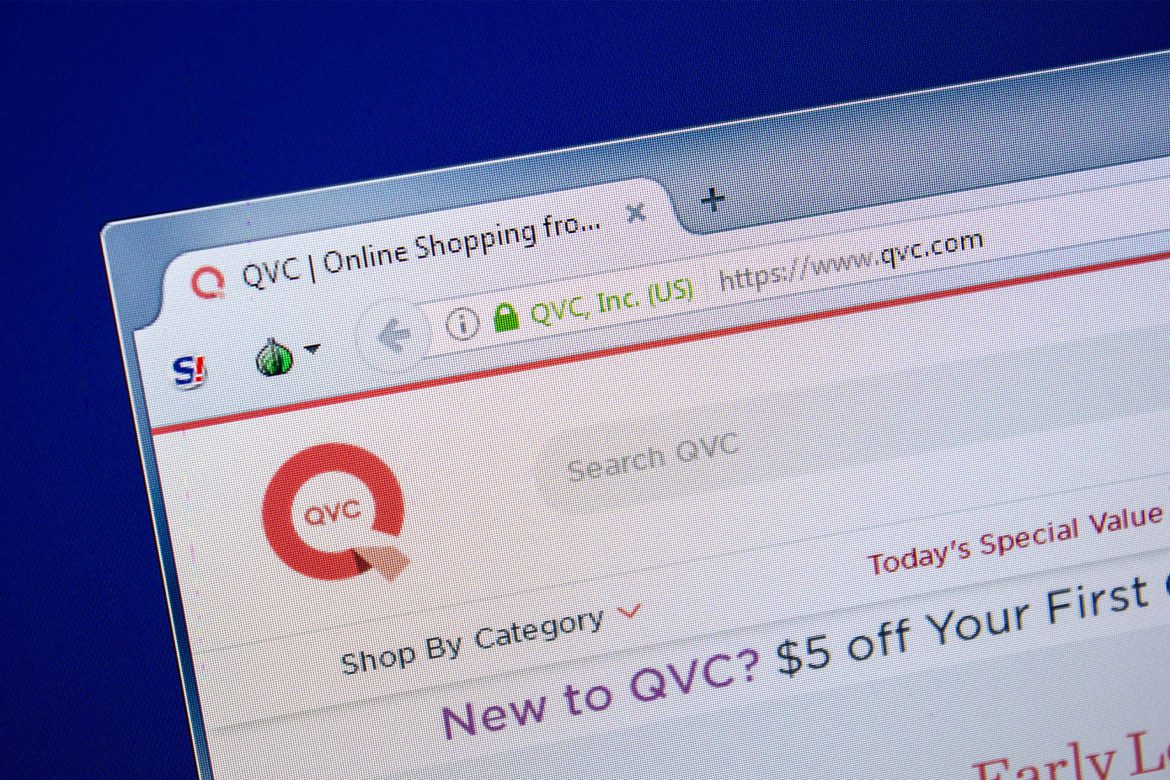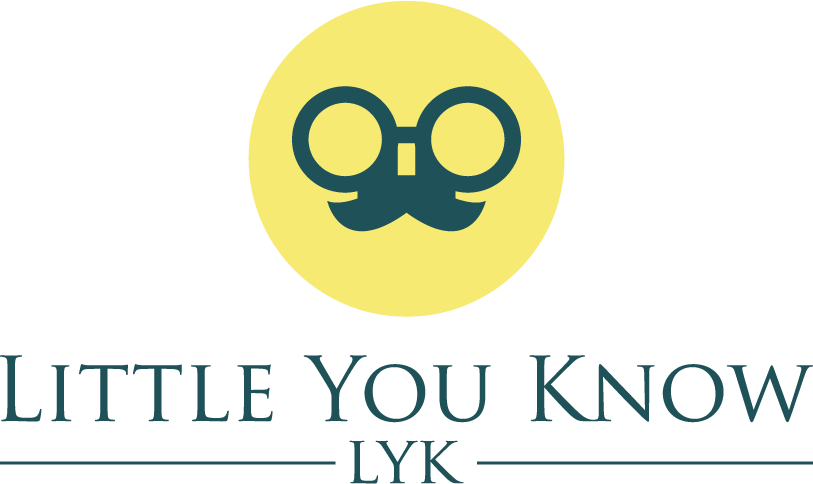On June 13, 1986, Joseph Segel and investors including Ralph Roberts, the founder and chairman of Comcast, founded QVC. In exchange for carrying the channel, Roberts was able to negotiate deals in which cable companies received investment stakes in QVC. With a two-year exclusive agreement to sell Sears products through television shopping, Sears was one of the first brands that QVC would represent. The corporation later set a new record for a newly public company’s first full-year fiscal sales of $112 million. On November 24, 1986, the channel made its debut, with hosts John Eastman, Bob Bowersox, Cindy Briggs-Moore, and Kathy Levine.
From 2004 to 2008, QVC celebrated its birthday annually on November 24. The channel’s live programming was initially broadcast live from 7:30 p.m. ET until midnight ET on weekdays and 24 hours a day on weekends. In January 1987, the channel expanded its live programming to 24/7/364. Ron Giles, a former hos,t, and producer for QUBE, joined QVC in late 1987 as an executive vice president and executive producer. In October 1988, Michael C. Boyd was chosen by the board of directors to serve as senior executive vice president and chief operating officer. Boyd would assume the role of president in the early 1990s, reportedly to lighten Segel’s workload.
QVC BUY-OUT – Irwin L. Jacobs founded the Cable Value Network, which QVC purchased in July 1989. The $380 million transaction caused a $17 million loss in the following fiscal quarter and difficulties in the two years that followed.
On March 16, 1991, QVC made its first bid to acquire the Burbank-based Shop Television Network, which aired blocks of time promoting JCPenney goods. This bid was rejected by the network’s producers and the Los Angeles Superior Court. On May 21, 1991, it purchased the channel, its 4 million subscribers, a $2 million debt owed to the channel’s producers, and the right to advertise JCPenney brands.
Antitrust issues halted QVC’s bid to acquire rival Home Shopping Network in March 1992. On July 12, 1993, QVC made an offer to buy Home Shopping in exchange for stock worth about $1.1 billion, but negotiations broke down when QVC decided to make a bid for Paramount in the following fall. In addition to their ownership of QVC, Liberty Media Corp. also held a controlling stake in the St. Petersburg, Florida-based Home Shopping Network.
Worldwide reach- In 1994, Diller renamed QVC Network to QVC, Inc. and established a holding company to enable the business to diversify and develop assets and divisions on its own. Two new divisions were formed, Q Direct and QVC Interactive, which produced infomercials and 60- and 120-second direct-response TV commercials, respectively. On September 15, 1996, QVC launched its online store, QVC.
Known domestically as CVC (a Spanish translation of the network’s full name), QVC’s shopping channel in Mexico that aired during non-primetime programming hours on Canal 4 was established on November 1, 1993, in partnership with Televisa. The business shut down on August 4, 1995, as a result of the devaluation of the Mexican peso during a monetary transition and a general national distaste for extended home shopping and paid programming content.
QVC’s growth- In Washington, D.C., on September 29, 1994, QVC Vice President Douglas Briggs unveiled the QVC Local, a customized, cutting-edge television studio housed in a bus that cost $1.7 million. The “Quest for America’s Best: 50 in 50 Tour,” a 50-week nationwide product search to promote local and regional goods with live broadcasts from every State, was launched by QVC in January 1995. 88,796 miles of American highway were covered by the QVC Local during 1995 50 in 50 Tour. On February 2, 1995, the company was acquired by Comcast and TCI’s spinoff Liberty Media, and Diller announced his resignation. On March 6, 1995, Douglas S. Briggs was named CEO of QVC Inc. after managing the day-to-day operations of the business as president of QVC electronic retailing and executive vice president of QVC Inc. since February 1994. Briggs was given the task of assisting Diller’s numerous start-up businesses, such as QVC UK and Q2. At 7 p.m. ET on September 24, 1997, QVC ended its live broadcast from its old studio and celebrated the opening of Studio Park, its new broadcast hub and corporate headquarters in West Chester, Pennsylvania. Studio Park is a nearly 17-acre site with more than 58,000 square feet of filming studio space.
In 2000, QVC leased a small, 500-square-foot space at The Mall of America in Bloomington, Minnesota, to test a retail idea. The following year, on August 8, 2001, QVC officially opened QVC @ The Mall after agreeing to a ten-year lease on a 2,500-square-foot store with broadcasting capabilities. The Mall of America store continued to be the only outlet for this format, and on March 22, 2011, the ten-year lease ended.


